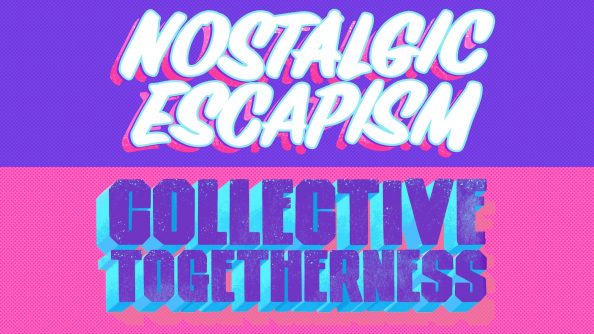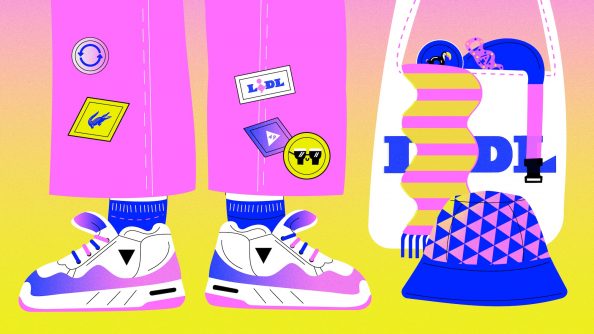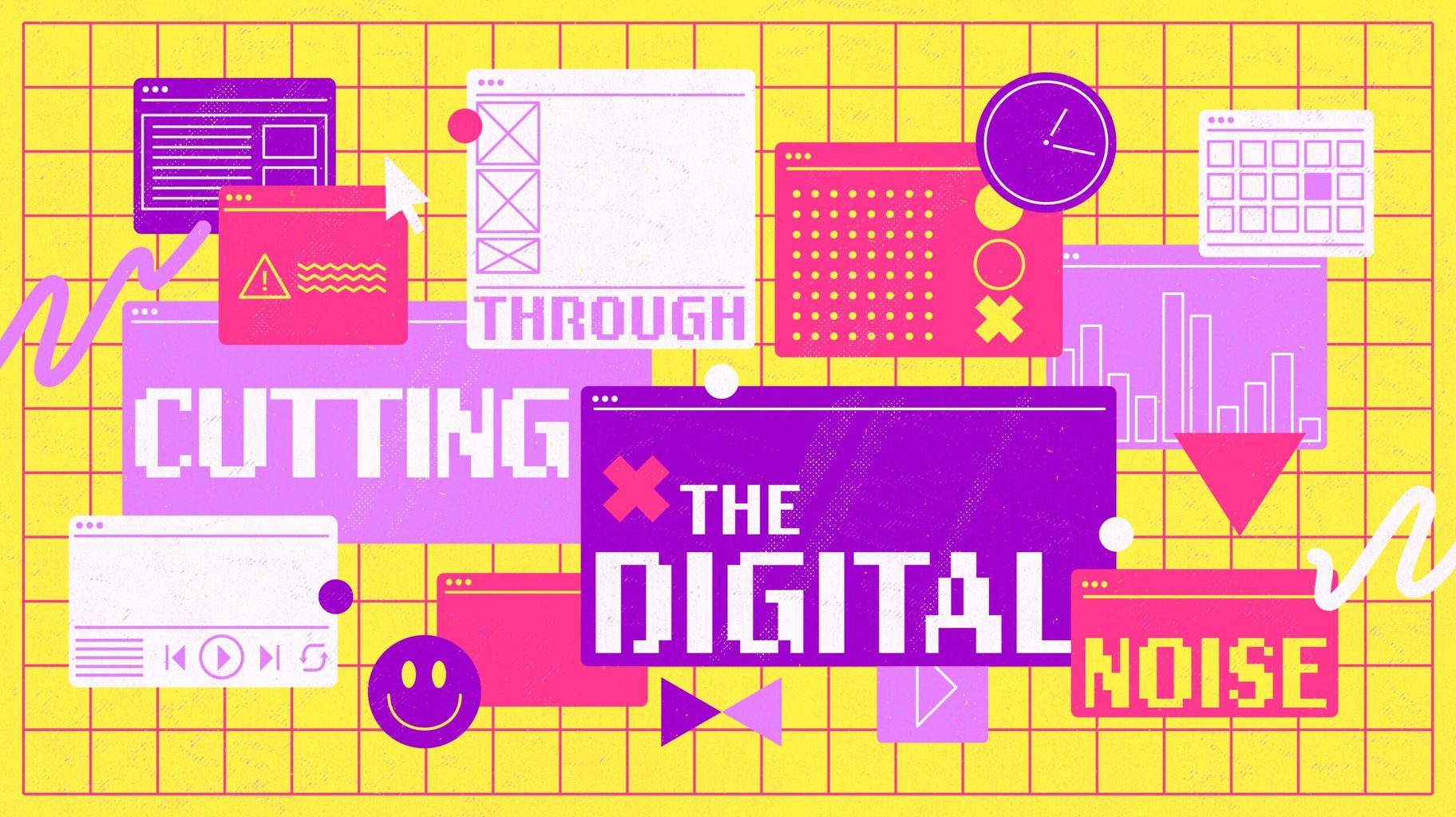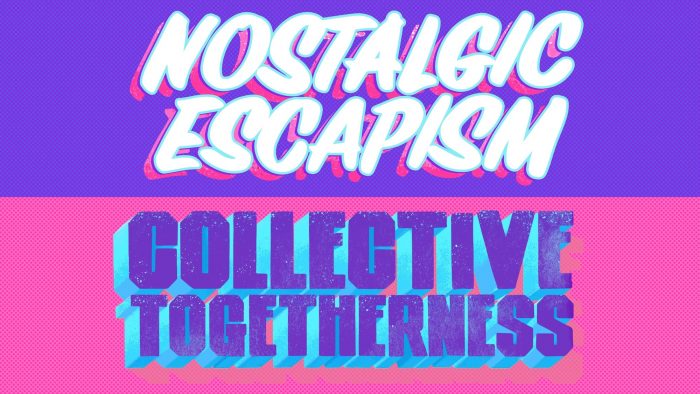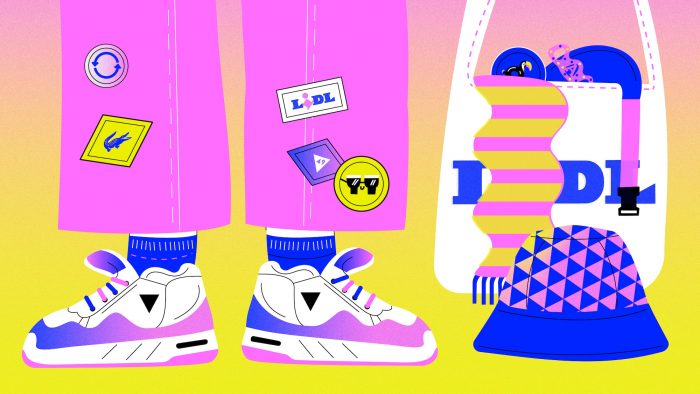Over the last year, many organisations’ digital transformation plans have been sent into overdrive. It’s simple: to survive post-Covid, a digital-first approach has become essential.
The pandemic forced brands across all sectors into a sink-or-swim situation, with many caught unawares. Stripped of familiar routes such as OOH and physical brand activations, they struggled to achieve cut-through with digital channels alone.
The concept of being ‘digital-first’ can be daunting and disorientating if your business doesn’t have its roots in digital. In many ways, start-ups have it easier as they can bake it in from the outset. But it’s entirely possible for a mature business to make a successful transition, if you focus on the right things for the right reasons.
Here are four tips for applying a digital-first approach to your brand.
Break old habits to embrace digital-first
Successful digital transformation of an established organization or brand requires a wholesale cultural and behavioural shift, driven by brave collaboration and calculated risk-taking. And this is equally true of successful digital-first marketing: you can’t just replicate your traditional strategies online. You need to establish new working processes altogether.
Becoming a truly digital-first organisation requires a sea-change in thought: you must be agile, disruptive and open to continuous change. Digital-first thinking is not a marketing strategy — it’s a way of life.
If ripping up your current methodology and starting again sounds intimidating, time-consuming and expensive, it’s nothing compared to the risks of being left behind as your competitors accelerate into the distance.
The bar for delivering integrated, personalised and on-demand services has never been higher. The digital world is a playground of endless potential. And as consumers continue to adapt to the ever-evolving digital landscape, the onus is on brands to enhance people’s online and physical lives in tandem.
Take a unified approach to strengthen your brand
The traditional route for a global brand is to appoint multiple agencies to tackle each digital touchpoint. While on the surface this unlocks specialist expertise in particular platforms and executions, the risk is that you end up with a diluted, disconnected brand with weak and inconsistent storytelling.
In reality, consumers expect a consistent brand experience whether they’re using a website, an app or any other digital tool.
To weave a consistent, coherent story through all of it, you need to find an agency that understands how digital-first thinking works in practice – a partner who can help you shape a holistic, platform-agnostic brand experience that cuts through and connects. Learn how to choose the right design agency for your brand.
Use digital elements that add value IRL
Digital-first means approaching any new opportunity, or problem, with the assumption that the solution should be as digital as possible – while building in enough flex and scalability to make sense offline too.
It also means considering how digital activations can be genuinely useful as well as just raising awareness and pushing product — finding the sweet spot between brand expression and connected design.
For instance, in recent years IKEA has invested in a series of innovative and useful brand experiences, elevating its campaign activities with AR and VR technology that helps customers visualise new furniture arrangements in their homes before they buy.
Domino’s Pizza’s willingness to embrace digital opportunities saw it surpass longstanding rival Pizza Hut as the world’s largest pizza brand. Fourth-fifths of its sales now come from its digital channels, with ‘Dom the Pizza Bot’ a unifying brand asset that translates across Slack, Facebook Messenger, Twitter, Google Assistant and Alexa, as well as Domino’s own app.
And LEGO’s forward-thinking digital strategy totally reversed its fortunes, with a masterclass in compelling cross-platform storytelling that leverages LEGO’s world-famous brand assets across the full gamut of movies, apps and games, rescuing the company from the brink of bankruptcy. Interaction is key, with fan-submitted ideas for new sets going into worldwide production if they can garner enough votes.
Tell a compelling story across every platform
Anywhere, anytime access to services is table stakes nowadays: an app or website must meet this expectation in a smooth, satisfying, on-brand way. Digital-first thinking goes far beyond that. It’s about how digital processes can benefit your business in the long-term.
When it comes to brand campaigns, digital-first thinking means considering how your brand’s personality lives and breathes across every platform. It’s not just about embracing every tool you can find – it’s about using the most appropriate tools to tell your story.
Brands must be deliberate in the way they present themselves. It’s easy for a brand to get diluted if the message is spread too thinly across touchpoints – there must be a strong, unifying narrative to hold people’s attention.
And with an increasing number of brands competing for a share of our screen time, that digital experience must integrate seamlessly into our daily lives. The easier, more familiar and more fluid that experience is, the more likely we are to make it a habit.
anna
Paul Woodvine, Managing Creative Director & Partner
LINKED IN